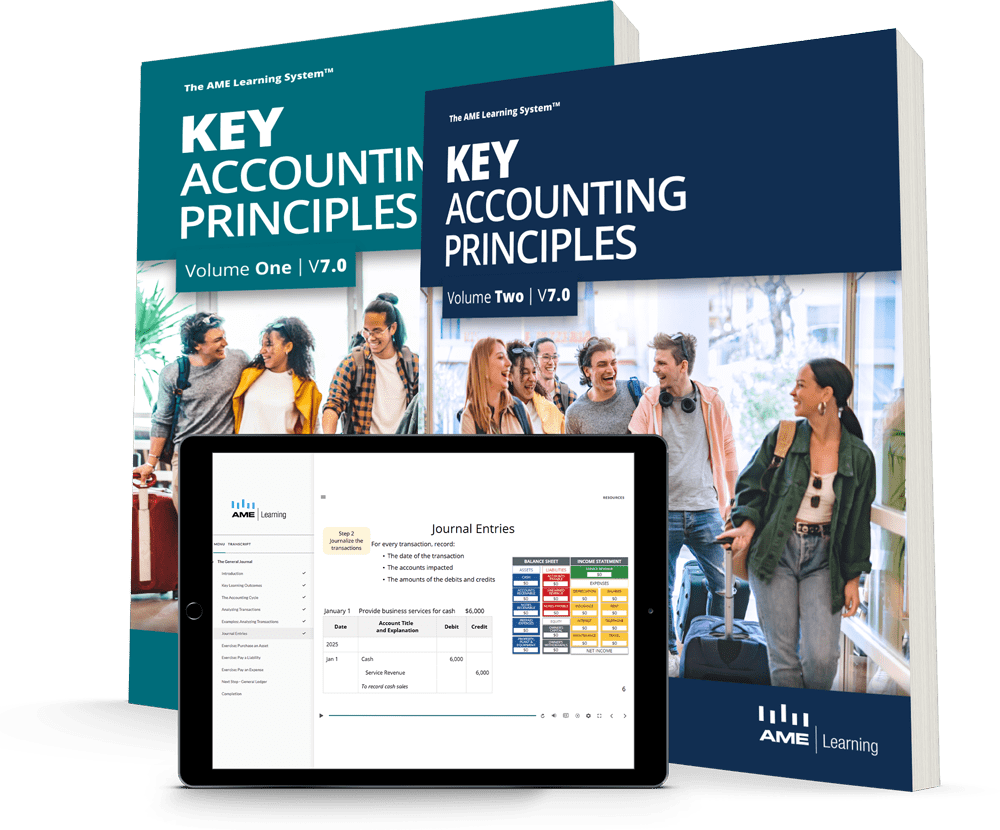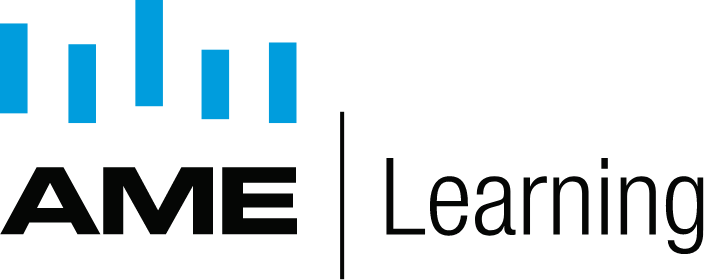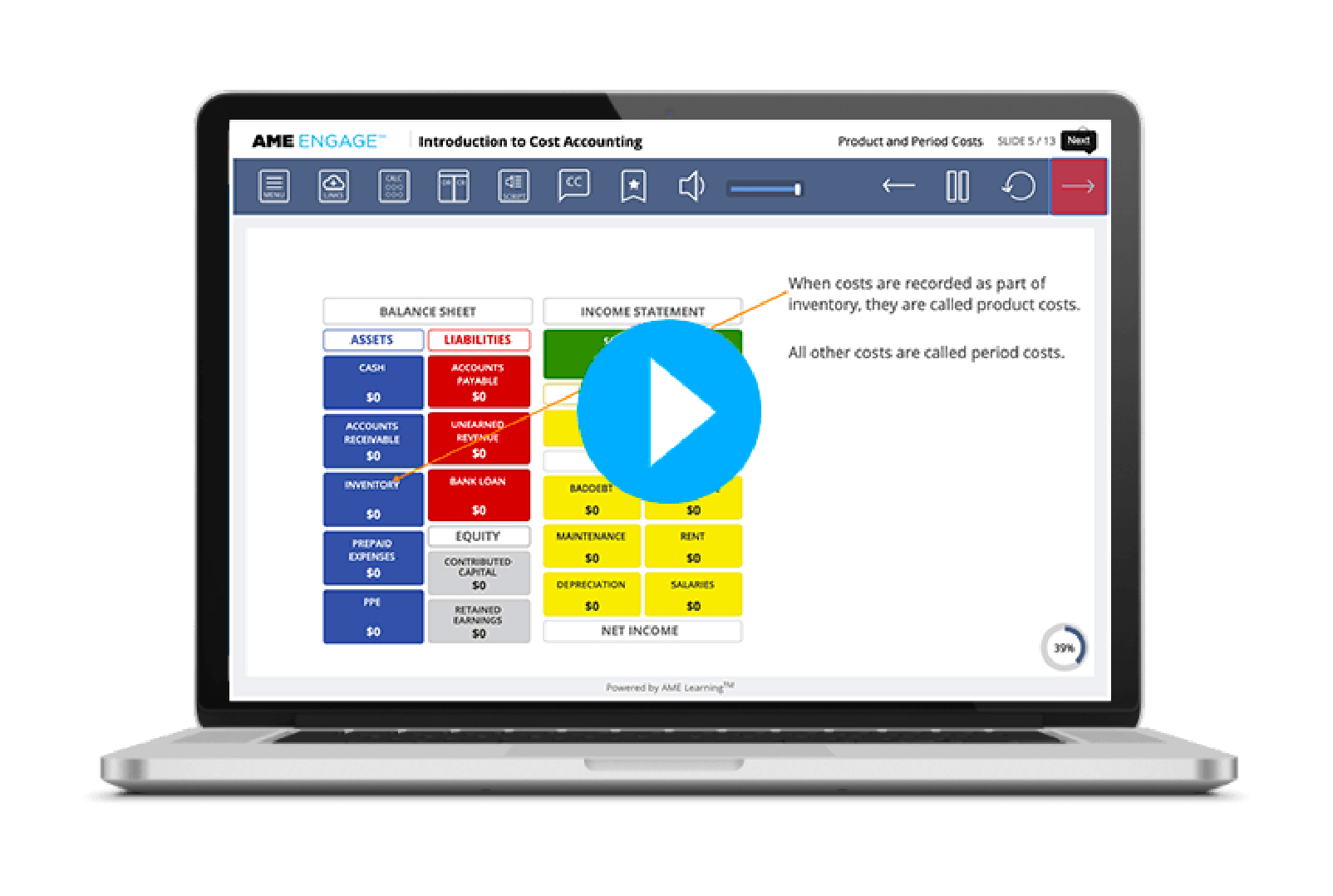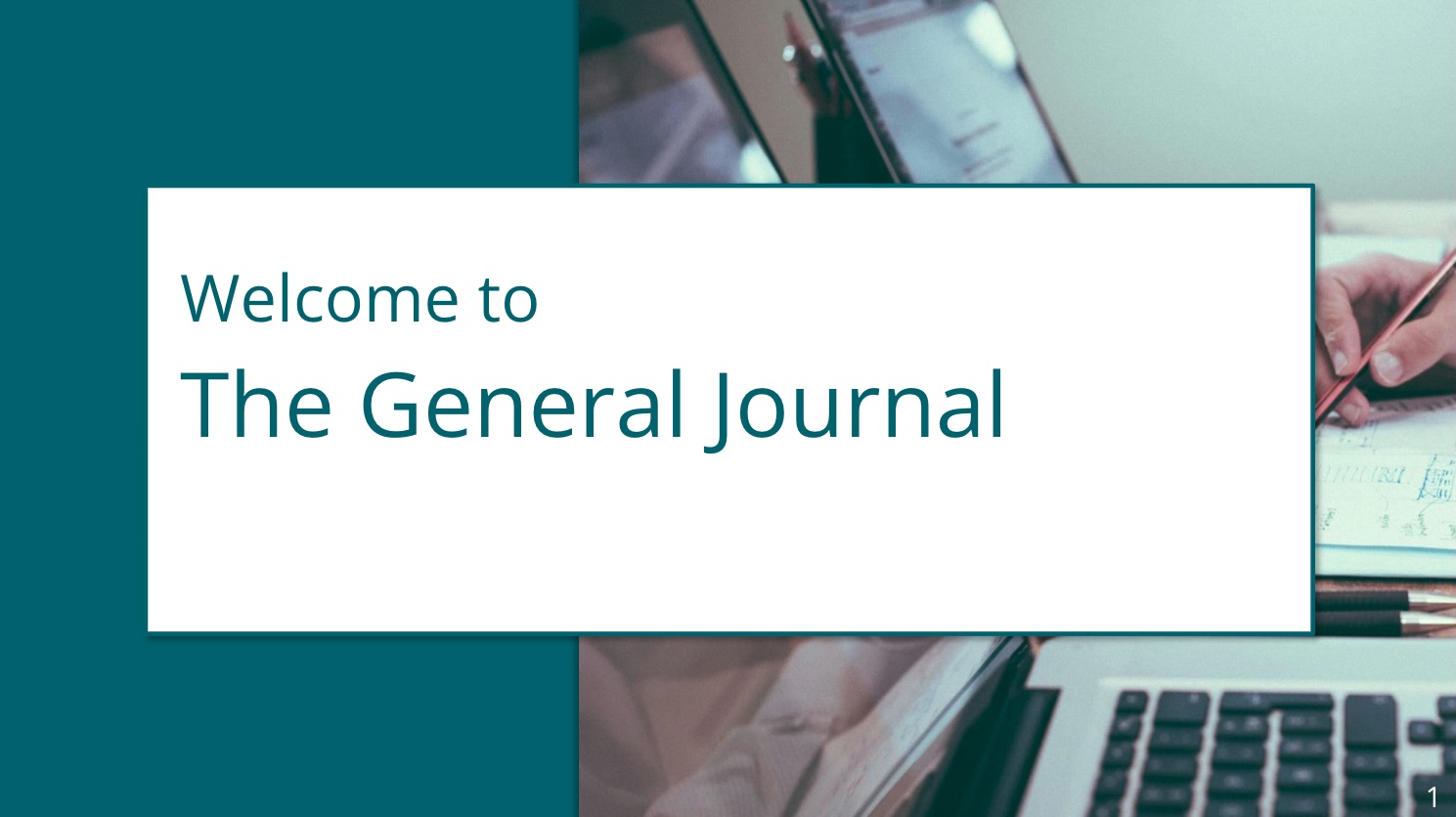Key Accounting Principles v7.0
AME System Overview
The AME Learning System™ is an award-winning teaching strategy. Designed initially to teach the principles of accounting and financial literacy to people with no previous financial education, it has now accelerated learning for hundreds of thousands of students across North America.
The system incorporates the best of cognitive science, technology and learning principles into an active learning approach that emphasizes constant decision-making, real-world examples and impact over memorization.
The patented Accounting Map™ Tutorials are the foundation of the system. Using a logical, visually based approach that translates accounting concepts into common experiences and terminology, the interactive, online tutorials employ the “flipped classroom” strategy that has revolutionized contemporary learning. Students complete tutorials before class, and in-class instruction consolidates their understanding of the material. Then, plain-language, real-world exercises help students practise and explore key lessons. When this system meets AME Engage™—our distinctive online learning experience—it creates an unmatched connection between learners and content.
Version 7.0 Overview
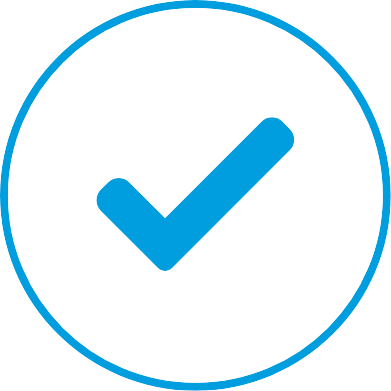
Key Accounting Principles V7.0 frames the study of accounting in a highly practical, fully integrated, and interactive learning experience.

Perfect for both accounting majors and non-majors accounting courses in any program (such as Office Admin, HR, Legal, Sports Management)

The AME approach has been proven to significantly improve student engagement and grades with a substantial reduction in drop-out and failure rates.
Student Courseware

Version 7.0 Student Tutorials
Integrated seamlessly with our print and online textbooks, they will help flip your classroom and engage your students.
Test-drive two tutorials and experience them yourself!
Want to see more?
integrated seamlessly with our print and online courseware resources.
For Students
AME Engage™
AME Engage™ is an online, interactive component of the AME Learning System featuring the Accounting Map™, a digital and highly visual interactive balance sheet and income statement for powerful and practical transactional learning. Students will access Interactive Pre-Class Tutorials, Quizzes, and Post-Class Homework. Plus, a digital textbook and workbook allow students to quickly access homework related questions and subject matter.
For Instructors
AME Assistant™
Our AME Assistants act as your teaching assistant to help you create and curate your course and its materials. We customize experience, content, and your support because we know our customers personally. We ensure our technology is portable and interoperable with your platforms while organizing our materials to match your needs and processes, giving you more free time to focus on what matters most: your students!
